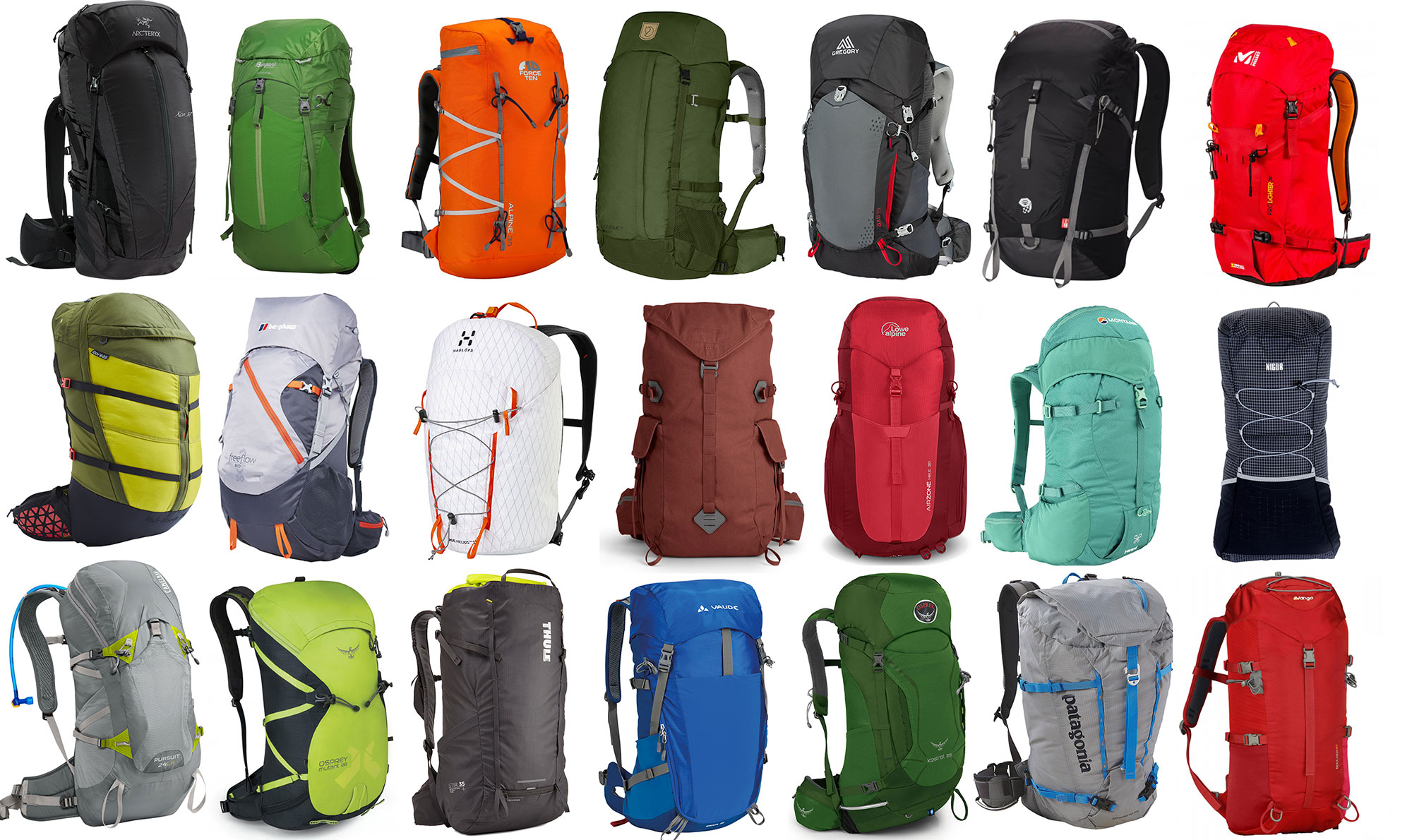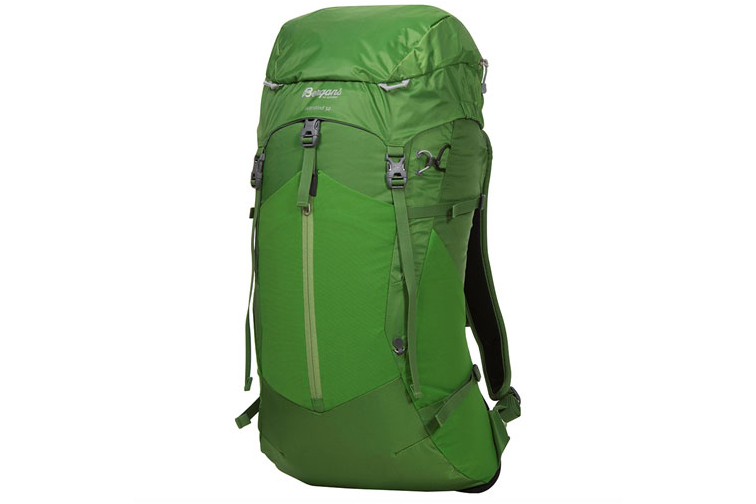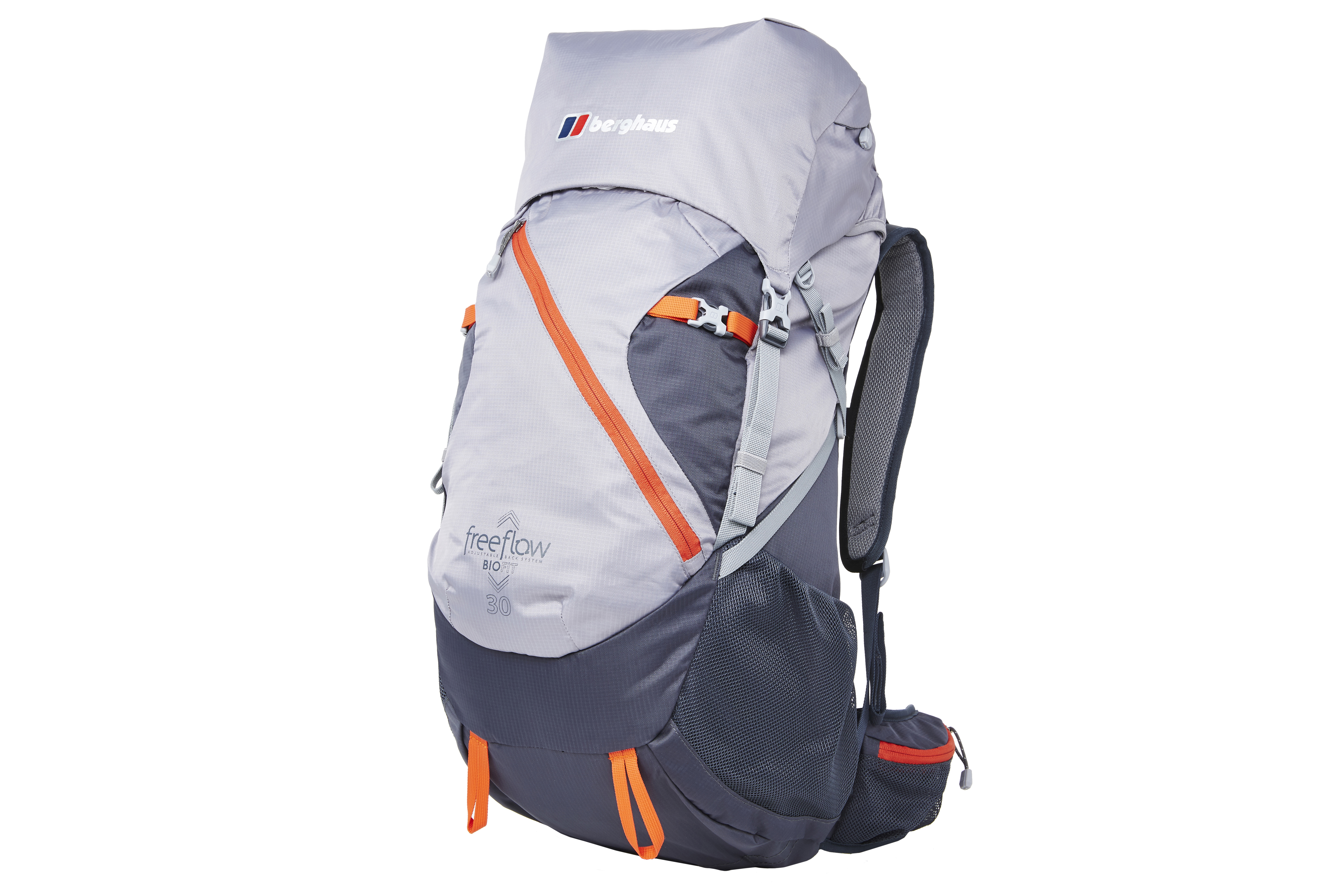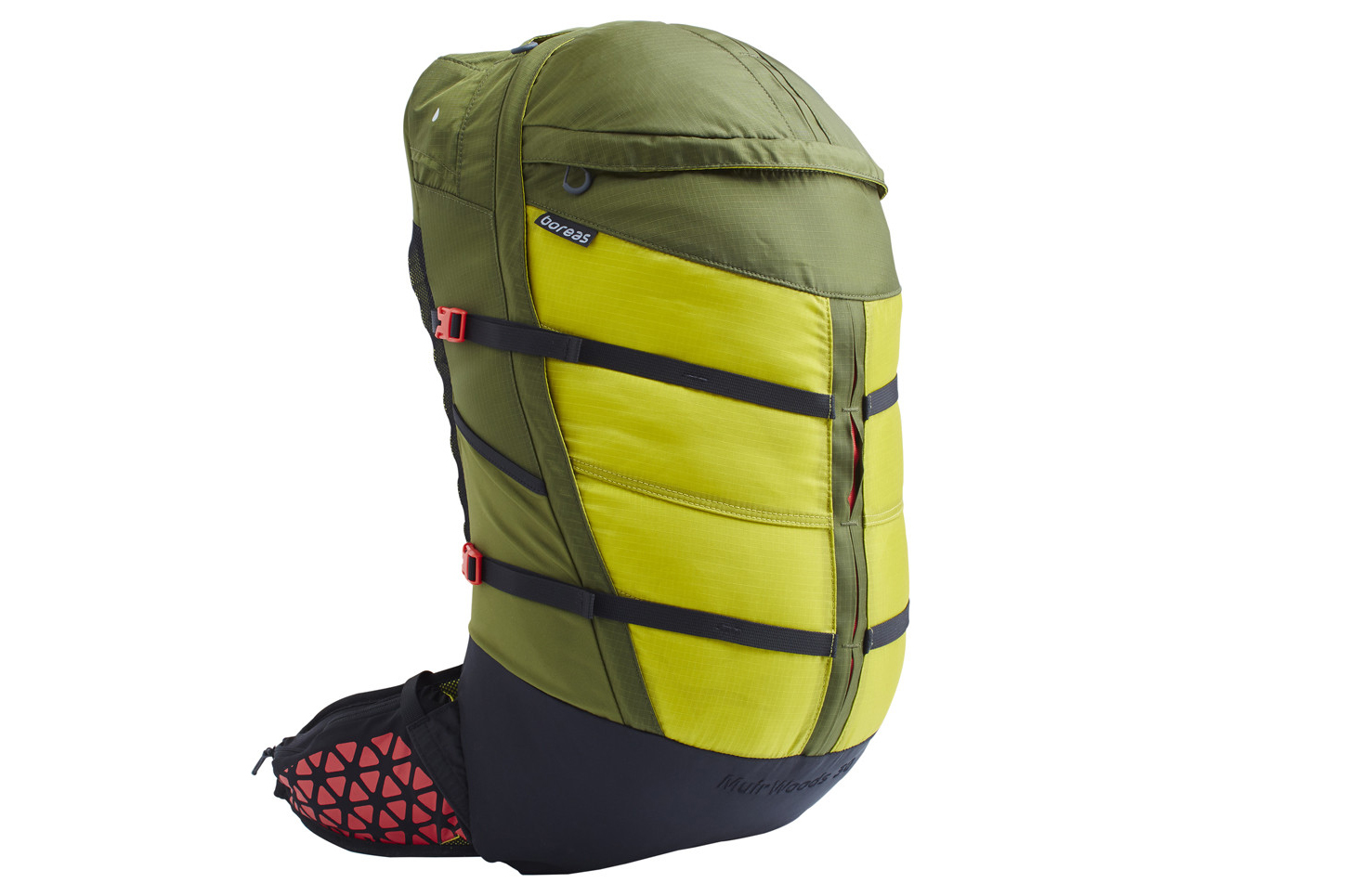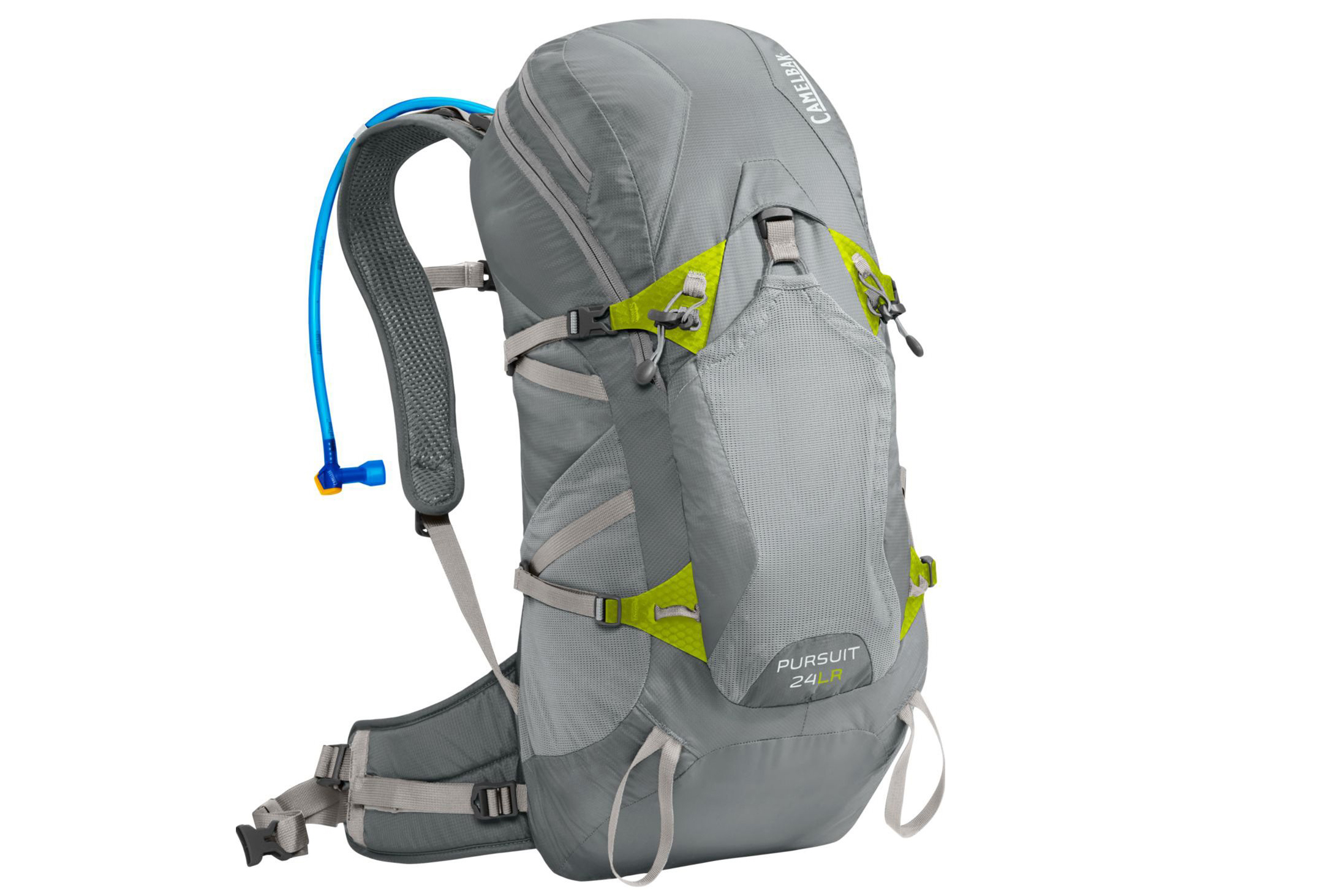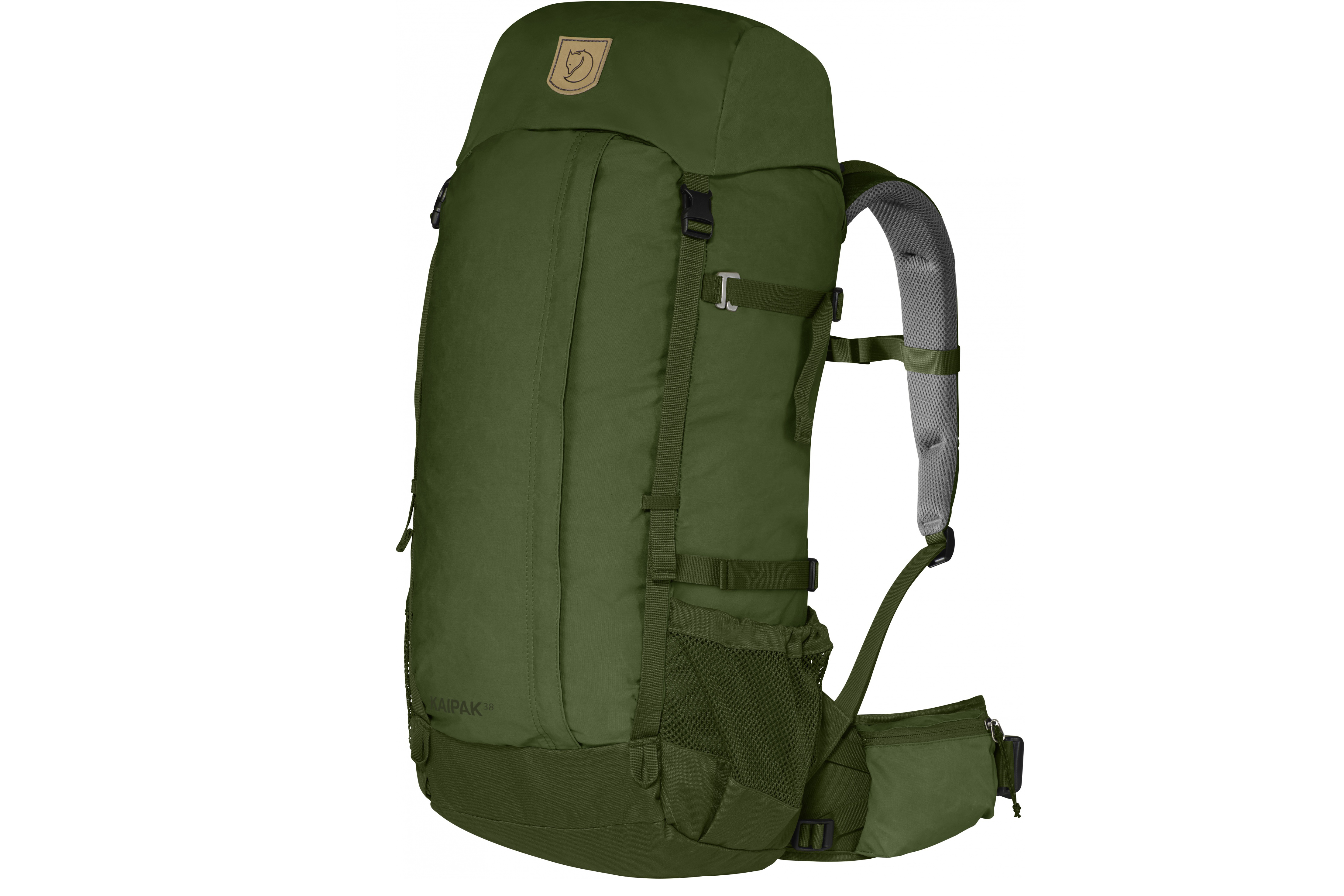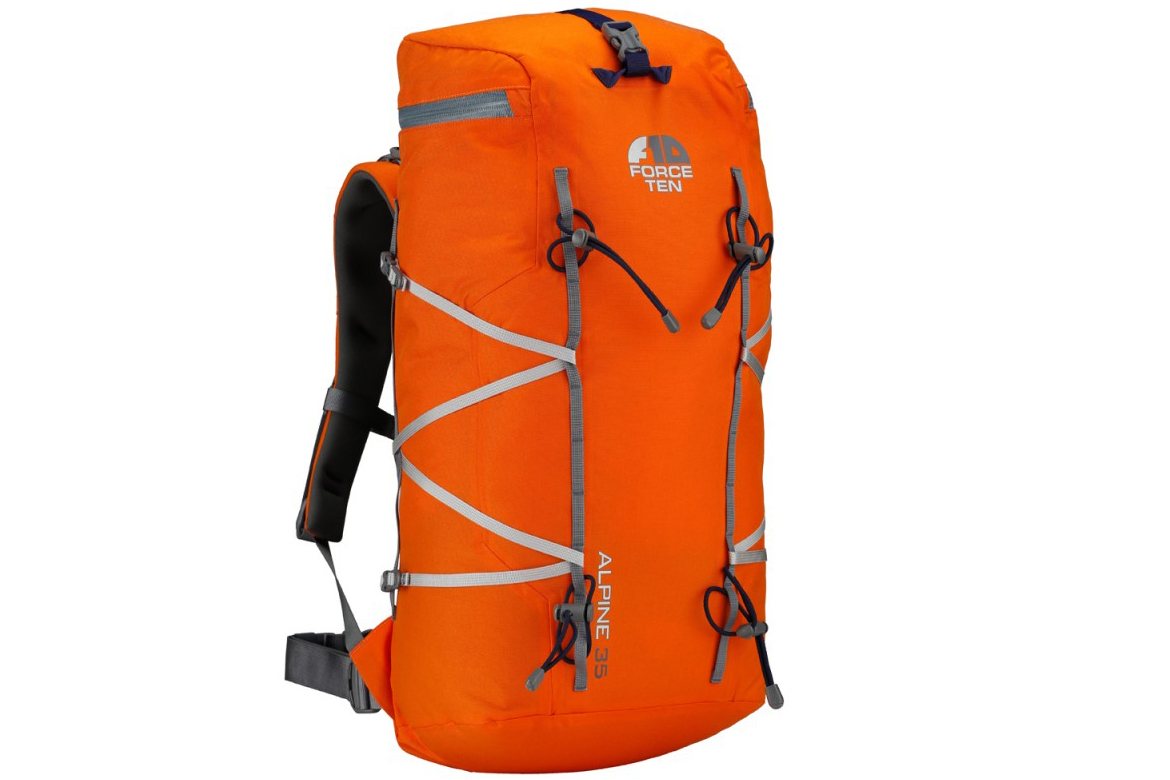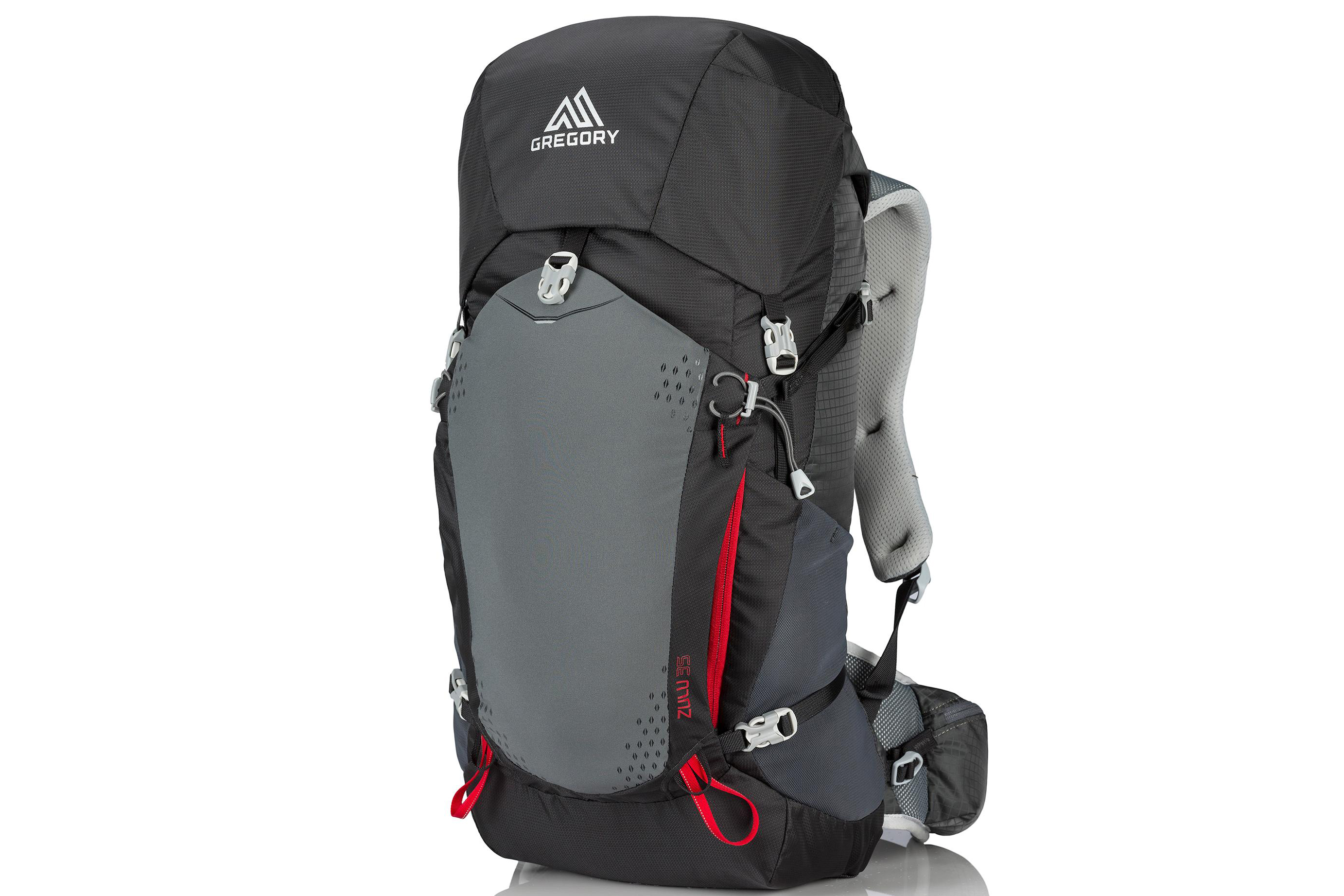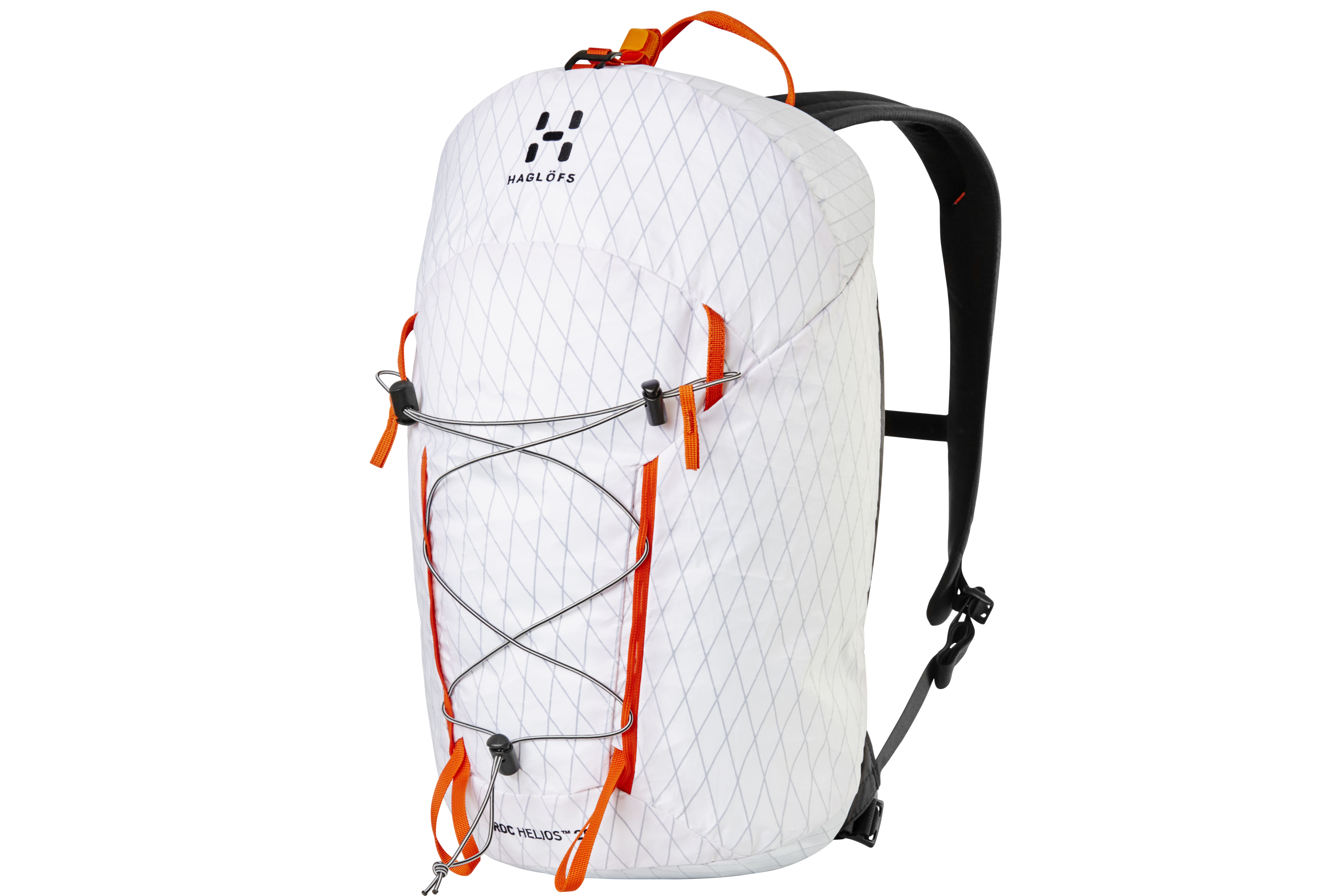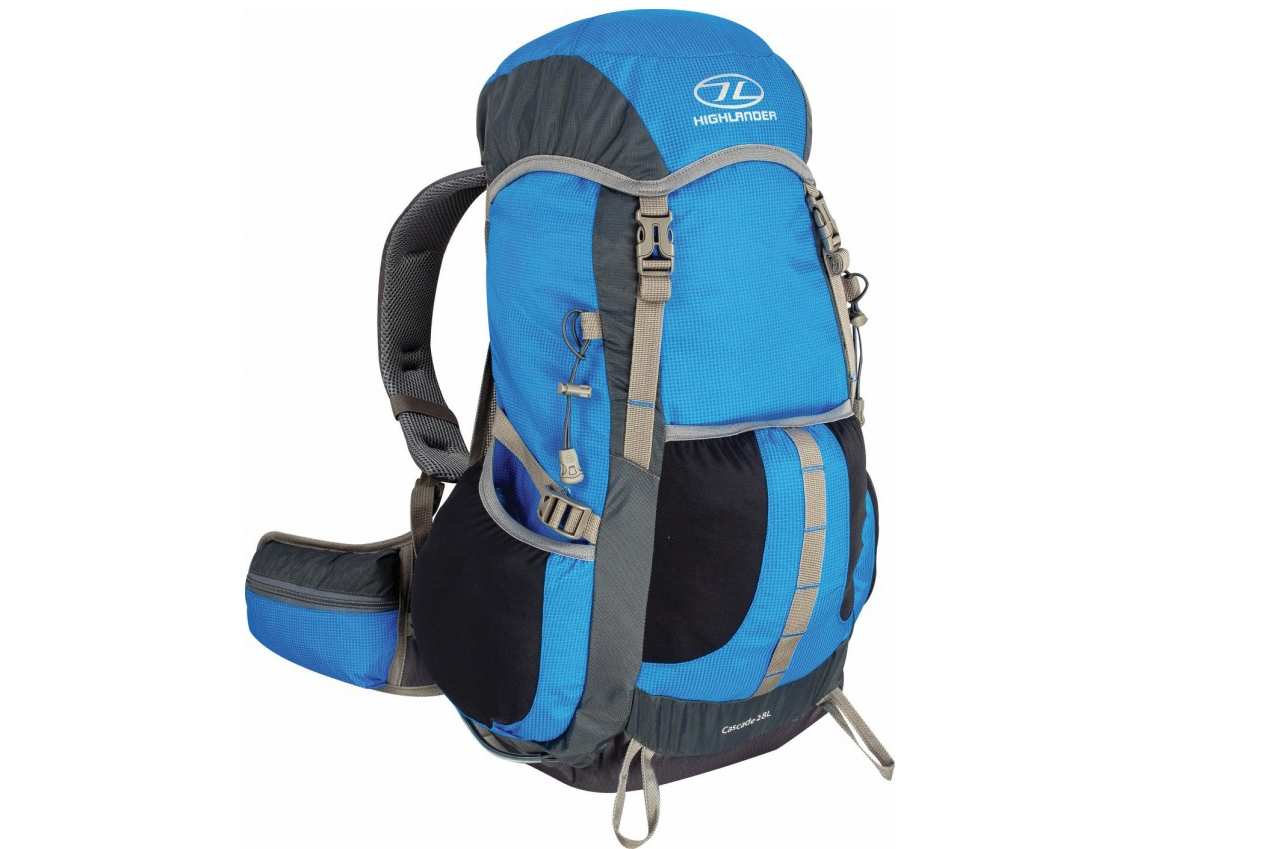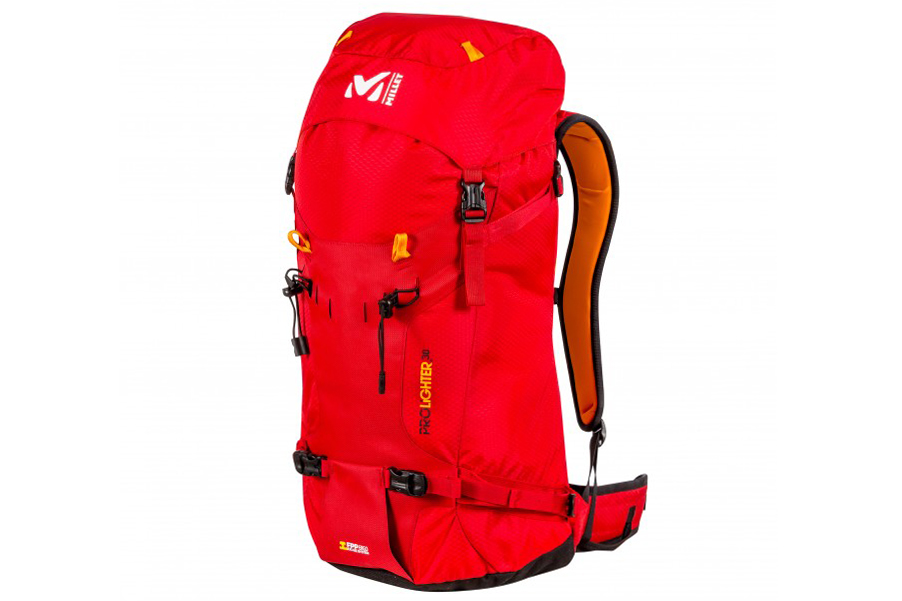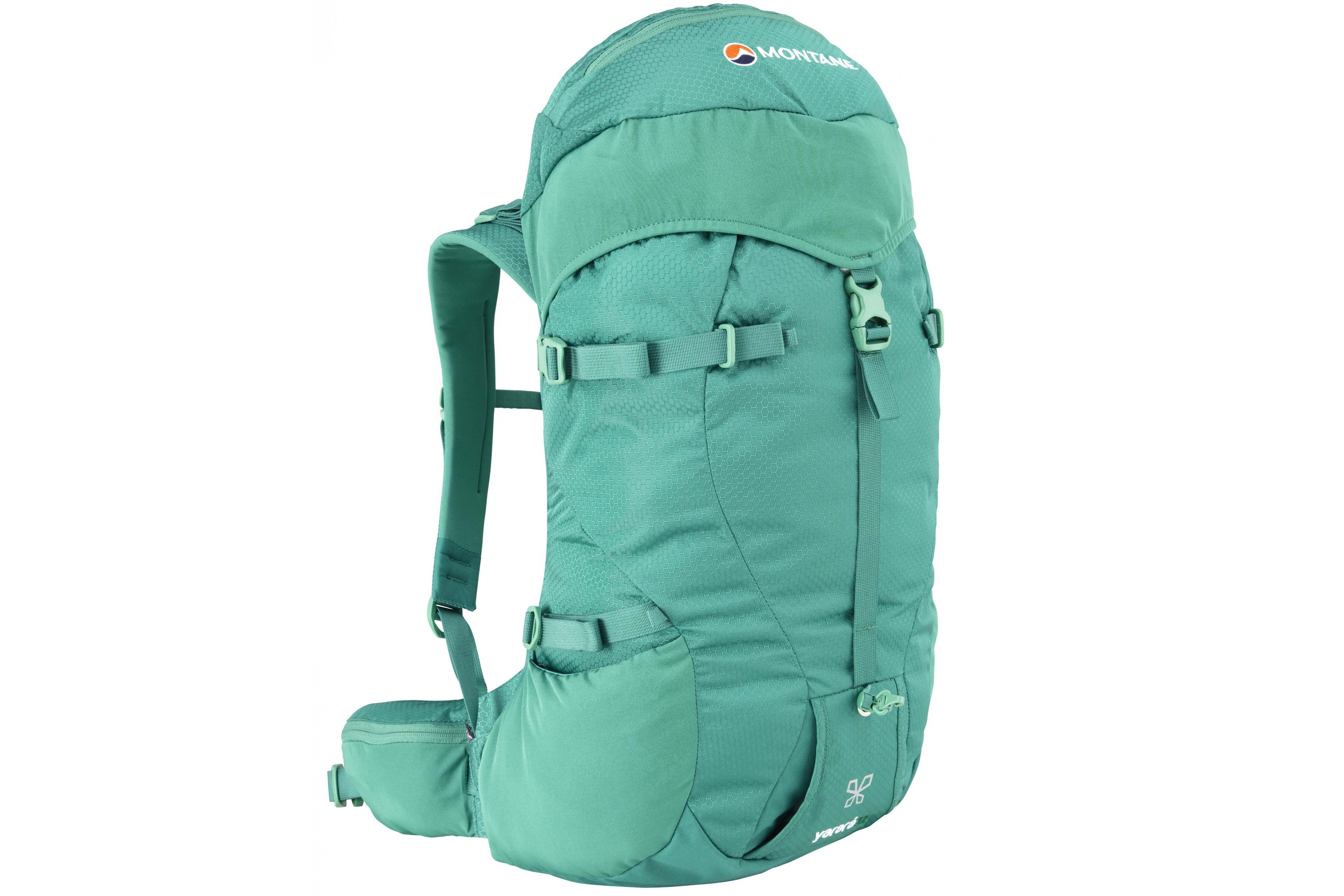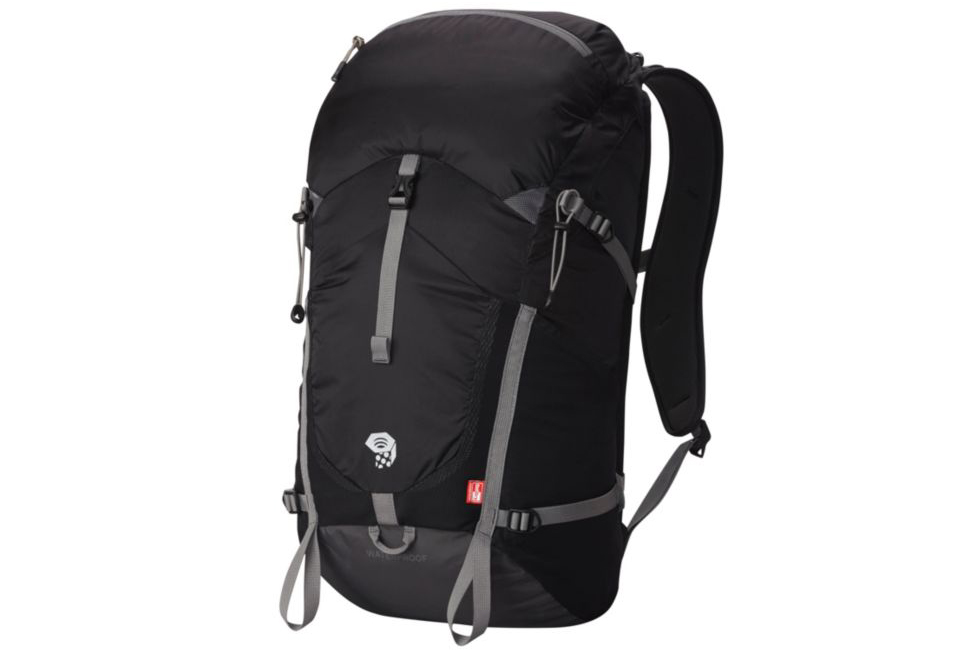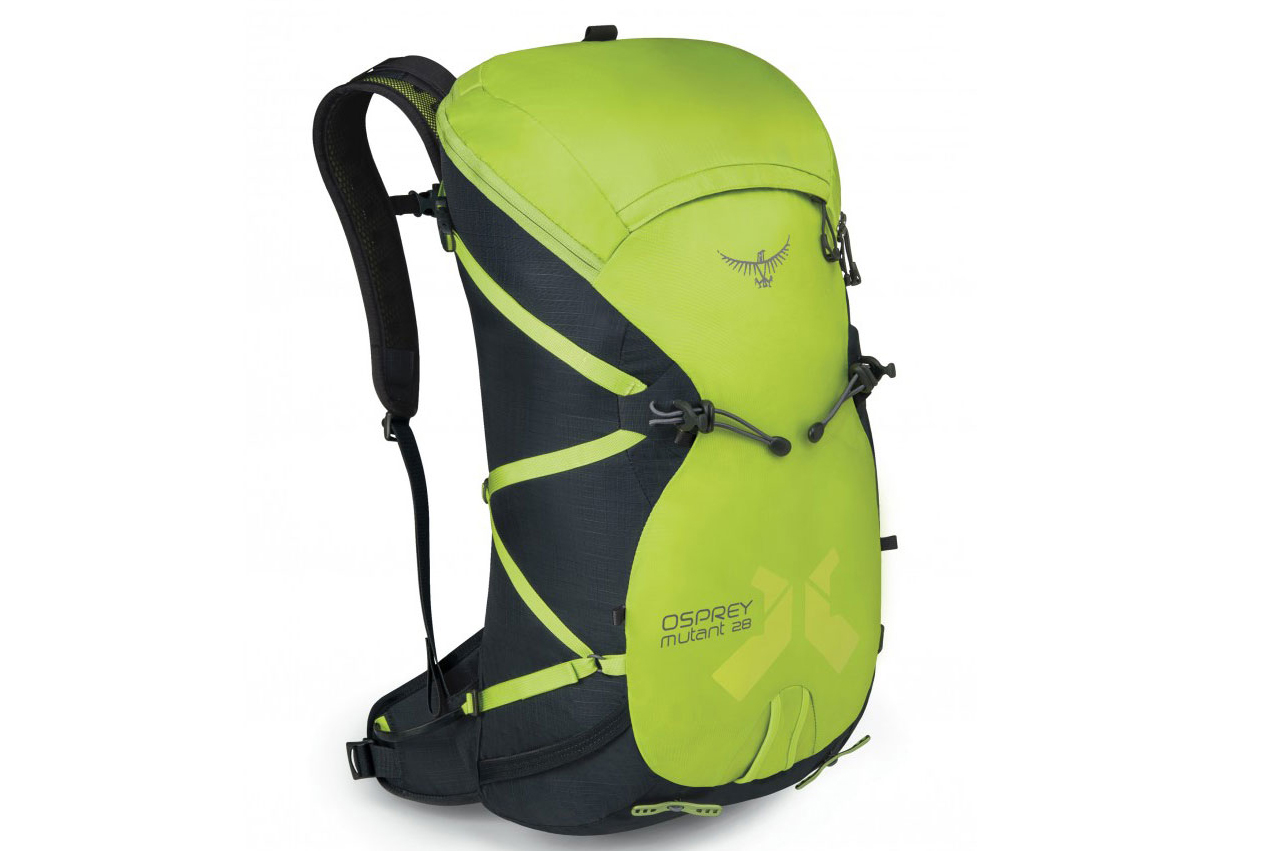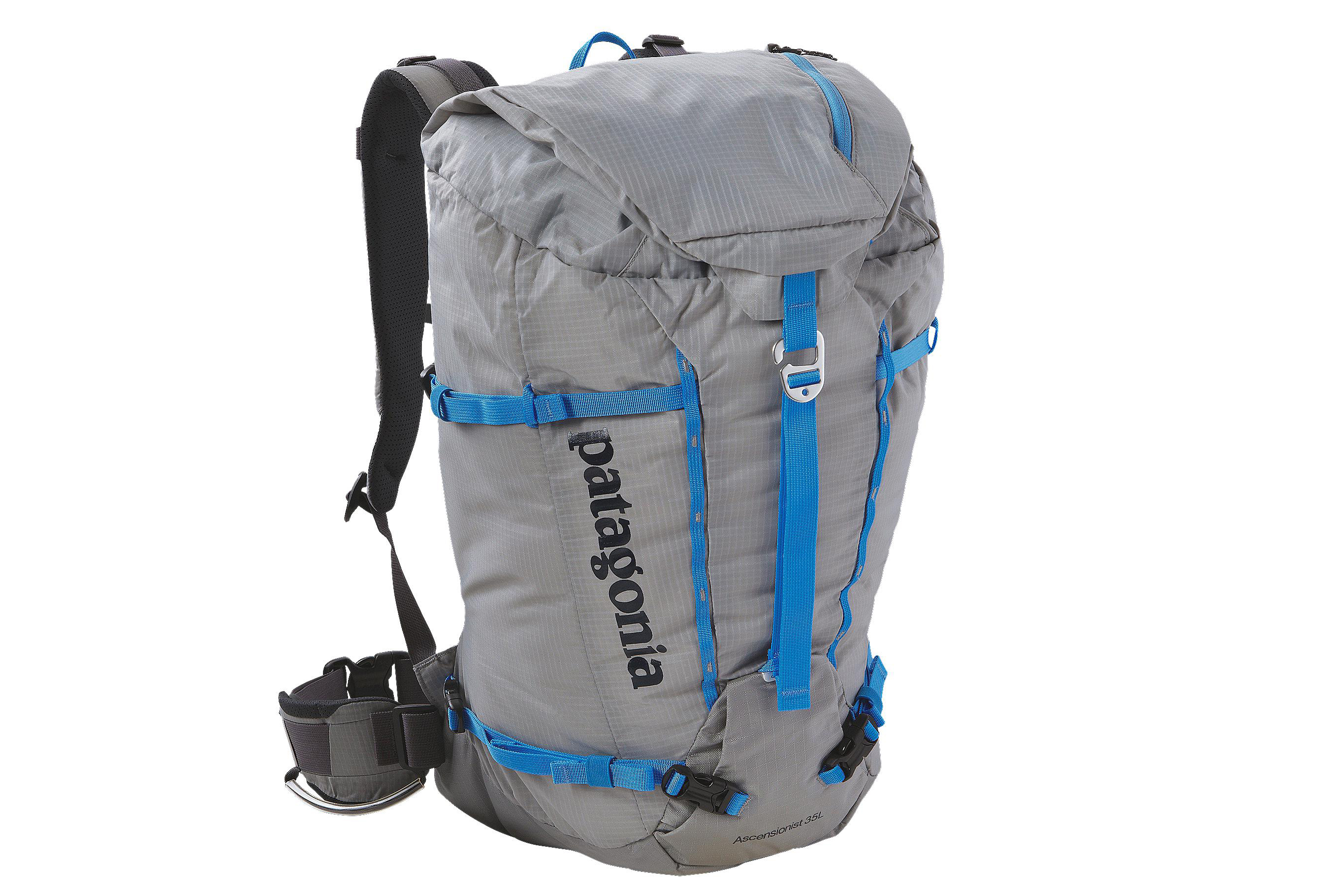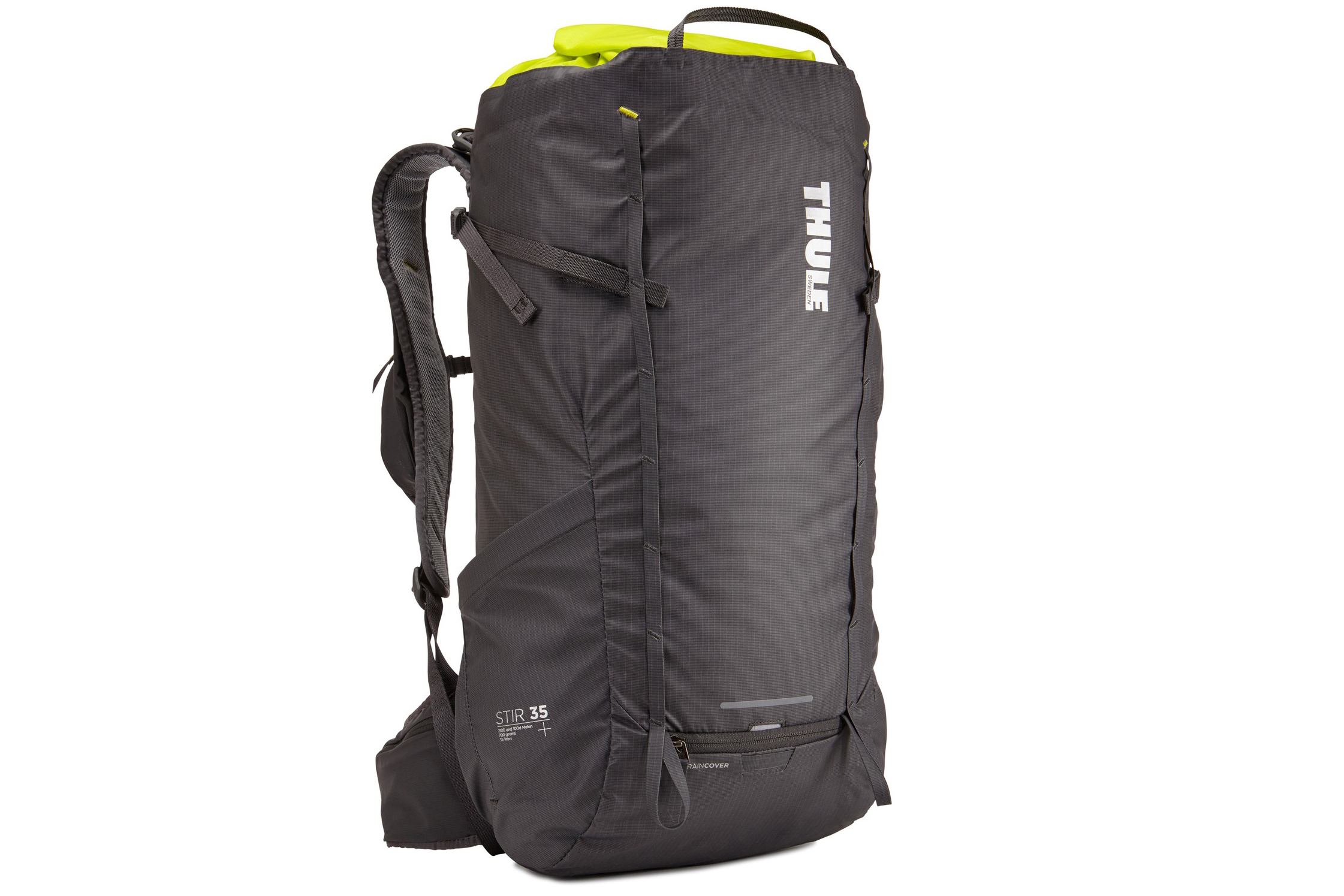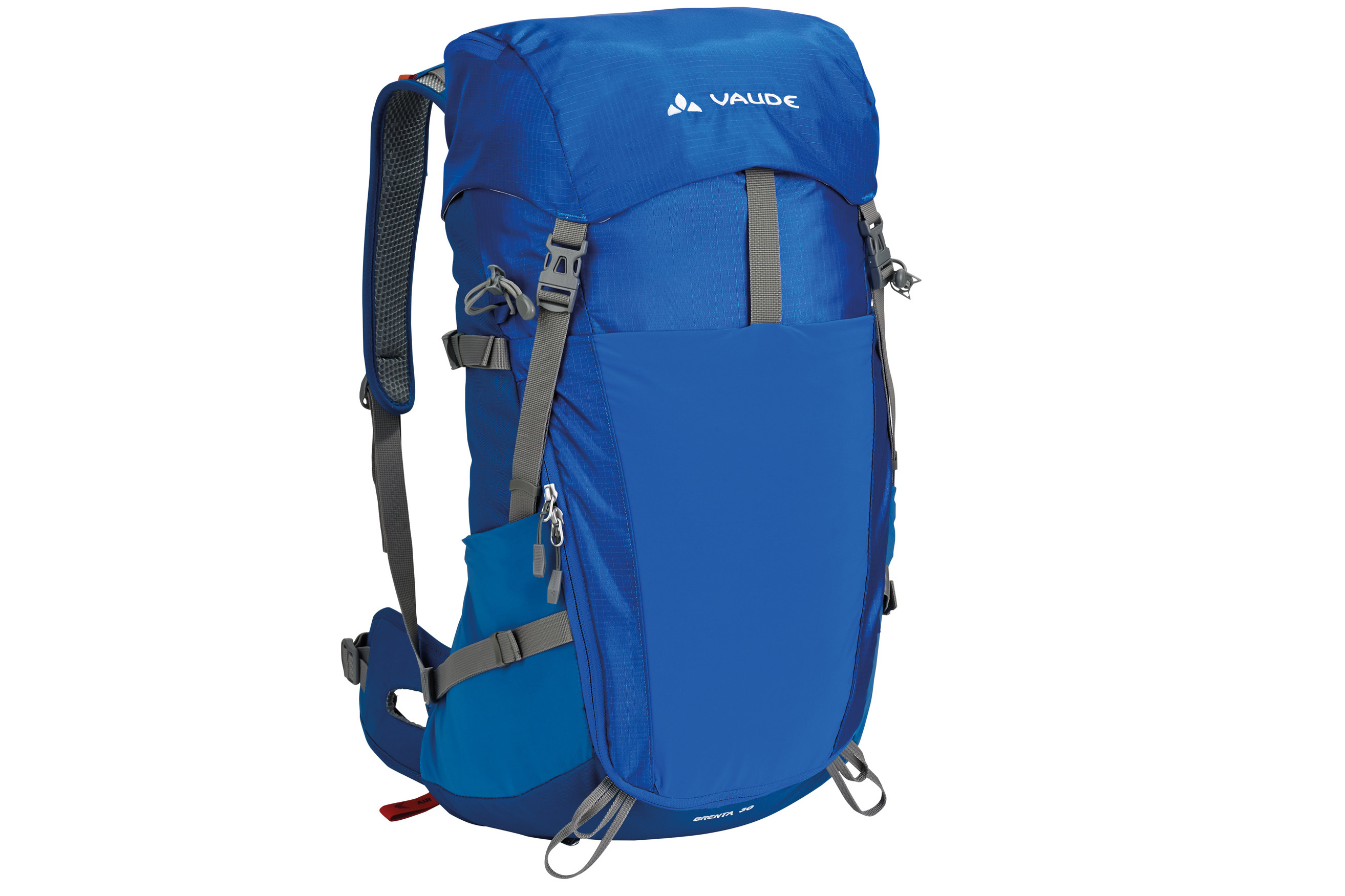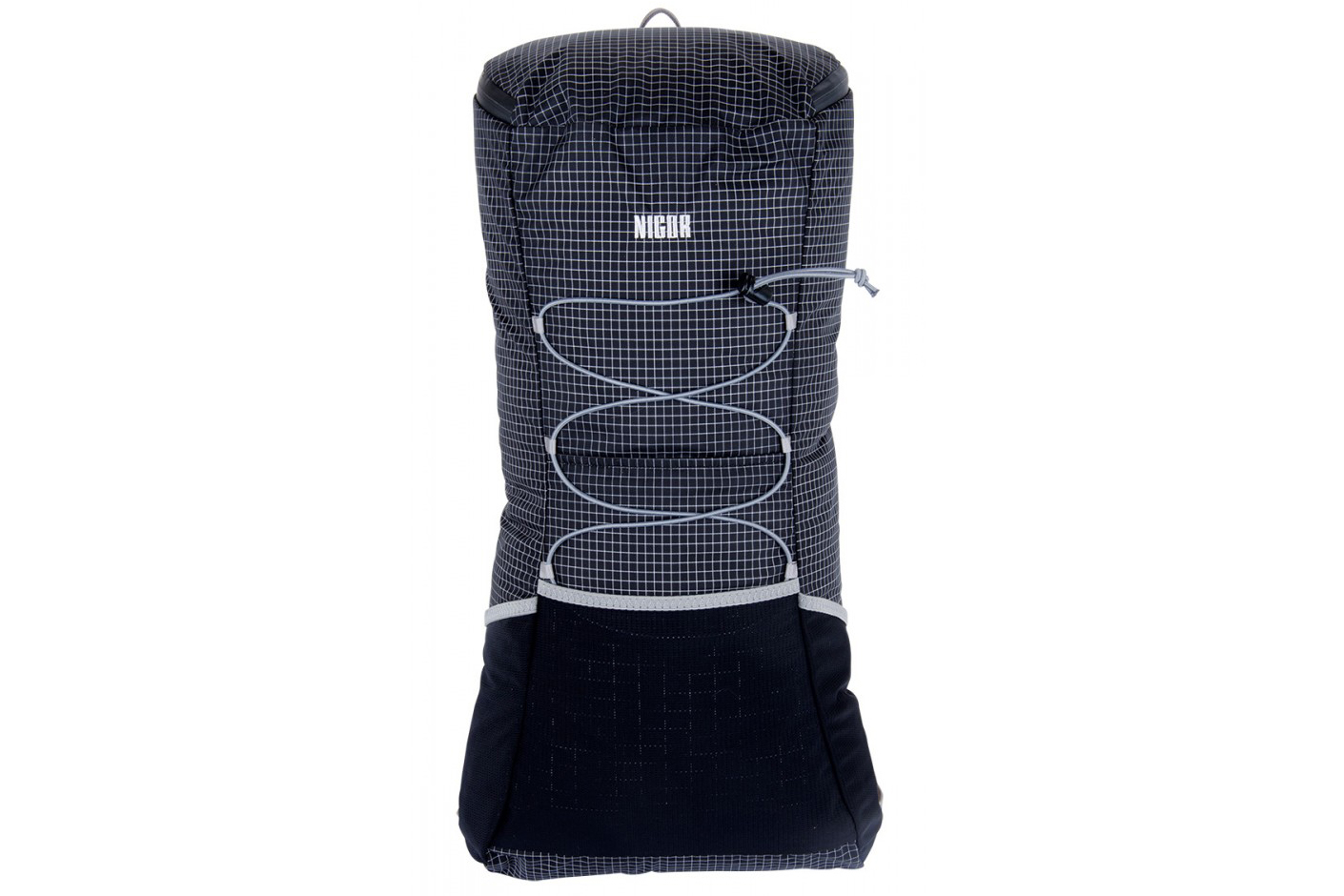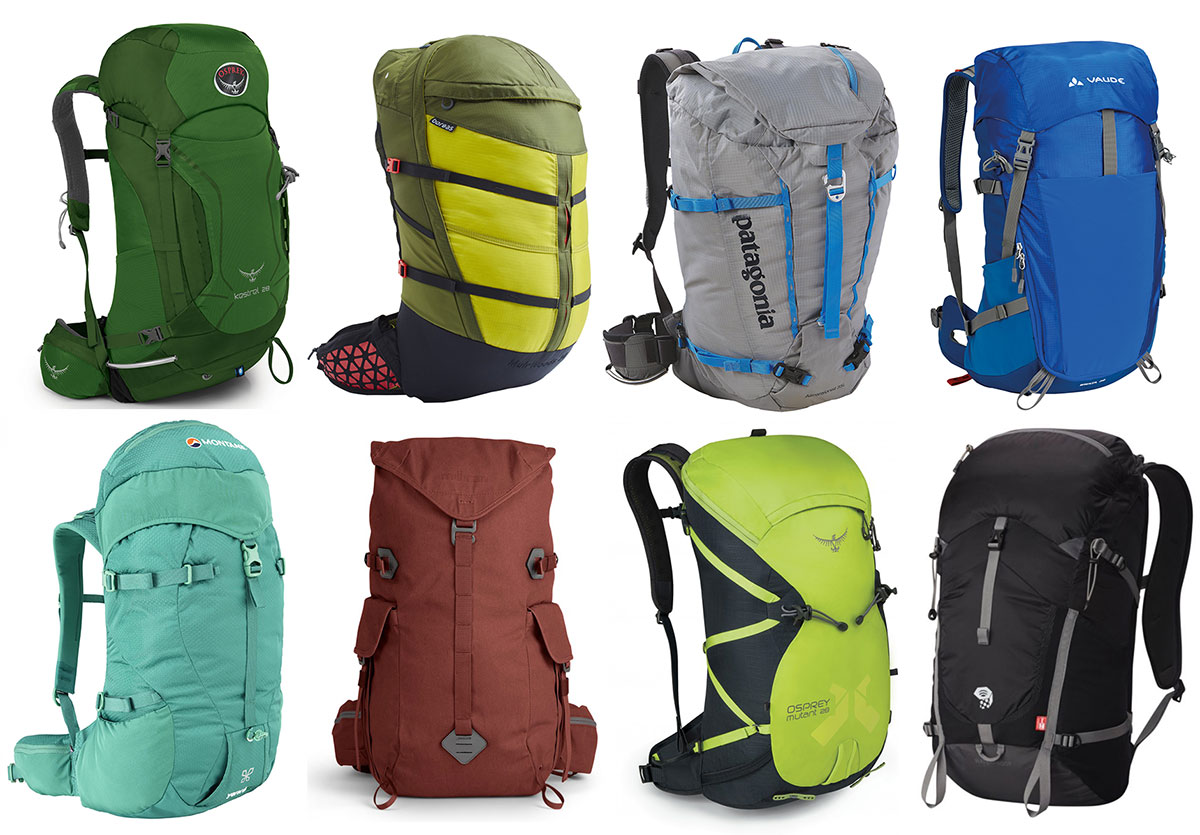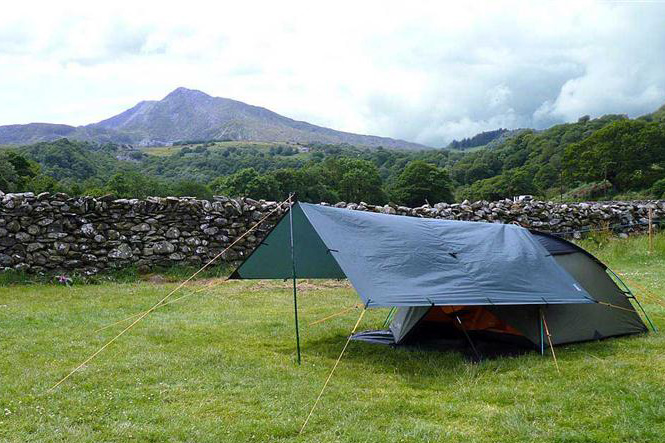We’ve picked out more than 20 of the best mountain walking – and a few climbing – daypacks with capacities of roughly 25-35 litres. That should be enough to carry everything you need for a day on the hill including spare clothing, food, emergency equipment and water.
Designs vary from ventilated, trampoline-style packs intended to cope better with hot conditions, through to simple, more streamlined climbing-type packs. Some have loads of easily accessible pockets, which are great to stowing things on the move. Others are more minimalist in design. But it all depends on your personal preferences.
Also important are build quality and durability – tough but light fabrics and thorough construction all help here – and how comfortable and supportive the pack feels. That’s less crucial with daypacks then larger rucksacks, but still important and we’d suggest trying before buying to make sure a particular pack suits your physique.
Finally, very few packs are waterproof – the fabrics often are, but seams aren’t taped so will leak eventually. Because of this many packs are supplied with fold-away rain covers which will keep the worst of the rain off, but we’d always suggest using a waterproof liner bag in wetter conditions.
You can simply scroll through the packs or jump straight to your favourite brands via the links below.
Arc’teryx | Bergans | Berghaus | Boreas | Camelbak | Fjällräven | Force Ten | Gregory Packs | Haglöfs | Highlander | Lowe Alpine | Millet | Millican | Montane | Mountain Hardwear | Osprey | Patagonia | Thule | Vango | VauDe | Nigor

